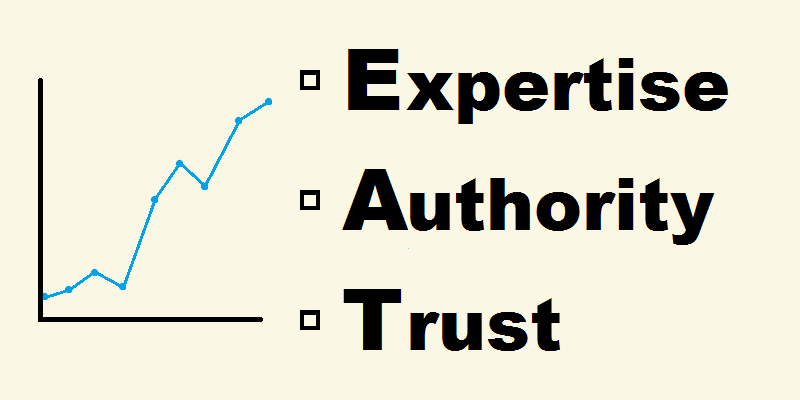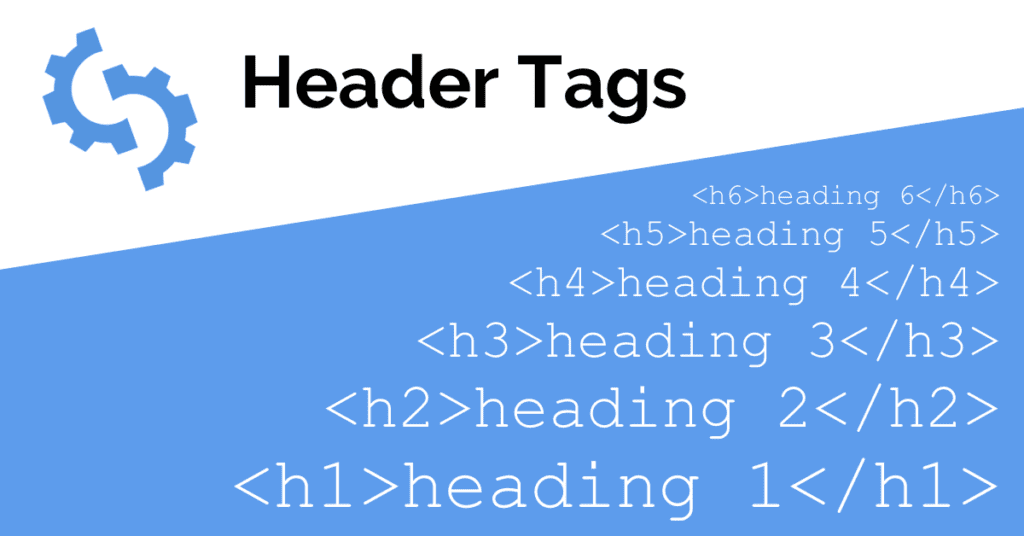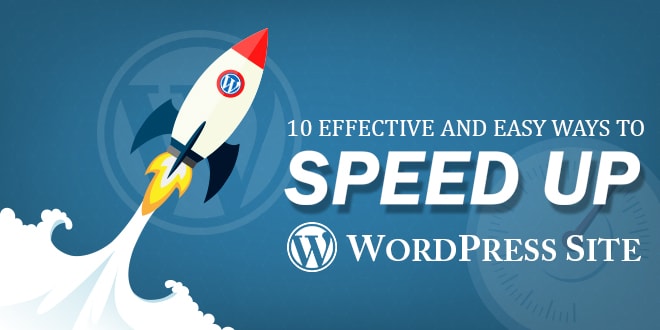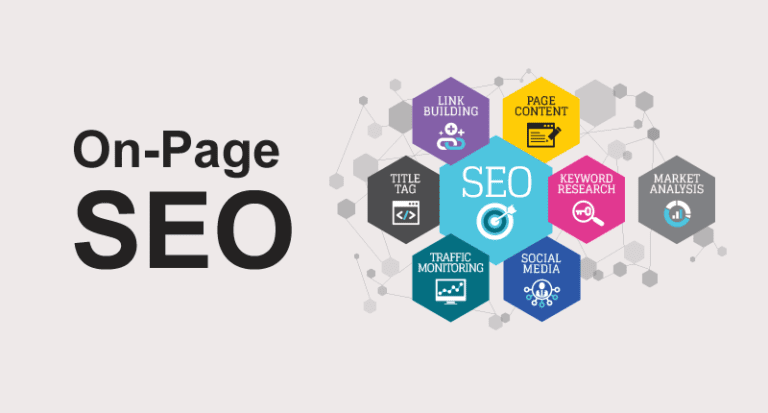To be successful in organic search today, optimizing is required for a combination of factors that search engines consider important – technical, on-page, and off-page. Over the years, I have focused on off-page technology – such as link building – and other technical elements.
But the reality is that if you don’t pay attention to fundamental – On-Page SEO Optimization, then off-page SEO doesn’t do very well.
So, In this Article, I will Give You Some Important Information On On-Page SEO Factors you should follow.
- Also, Read How to hack a Facebook account easily
What Is On-Page SEO
On-page SEO (also known as on-site SEO) refers to the practice of optimizing web pages to improve a website’s search engine ranking and earn organic traffic. On-Page SEO Factors
In addition to publishing relevant, high-quality content, on-page SEO involves optimizing your title, HTML tags (title, meta, and header), and images. It also means that you make sure that you have a high level of expertise, authority, and trustworthiness.
It takes into account various aspects of the webpage which, when added together, will improve the visibility of your website in search results.
Why on-page SEO is important
On-page SEO is important because it helps search engines understand your website and its content. As search engines become more sophisticated, relevance and semantics in search engine result pages (SERPs) receive greater attention
Google, with a plethora of complex algorithms, is now much better here:
- Understanding what users are actually searching for when they type a query.
- Delivering search results that meet user intent (informational, shopping, shipping)
It is necessary to adopt this development, and you can ensure that both your website and its content are visible on your web pages (ie, text, images, video, or audio) and elements that are only visible to search Are visible for Engines (ie, HTML tags, structured data) – are well adapted according to the latest best practices.
Additionally, you cannot just ignore On-Page SEO Optimization because you have more control when optimizing for on-site elements – as opposed to off-page SEO that includes external signals (i.e., backlinks).
If you try in On-Page SEO Techniques, you will see an increase in traffic and an increase in your search presence.
this On-Page SEO Factors will walk you through the most important elements of On-Page SEO Optimization.
Here is a summary of all on-page SEO techniques:
- Title tag
- Meta description
- E-A-T
- Headlines
- SEO Writing
- Header Tags
- Content Audit
- Keyword Cannibalization
- Image Optimization
- User Engagement
- Page Loading Speed
- External Links
- Publish High-Quality Content
1. Title Tag
The title tag, an HTML tag that is present in the head section of each webpage, provides an introductory cue or reference as to what the subject is about.
This has been shown prominently in search engine result pages (typically used as clickable links) as well as browser windows.
The title tag itself has little effect on biological ranking, which is why it is sometimes ignored.
It has been said that missing, duplicate and poorly written title tags can negatively affect your SEO results, so make sure you optimize this element.
2. Meta Description
Since the Years of SEO, meta descriptions have been an important optimization point.

Meta descriptions, meta tags that provide descriptions about a page, are often displayed in SERPs below the page’s title. On-Page SEO Optimization
While Google maintains that meta descriptions do not help in ranking, there is still a piece of real evidence that indirect attributes of better descriptions help. Correctly optimizing meta descriptions can help improve:
- Semantic adaptation.
- Click-through rate (CTR).
- The quality perception of outcome.
- The notion that your website provides all the changes.
3. E-A-T
E-A-T, which stands for expertise, dictatorship, and trustworthiness, is the framework that Google retailers use to assess content creators, webpages, and websites as a whole.

Google has always placed a premium on high-quality content. It wants to ensure that sites that produce high-quality content are rewarded with better rankings, and sites that create low-quality content get less visibility.
There is a clear connection between what Google looks for in high-quality content and what it looks like in search results.
whatever it is, E-A-T is somehow playing a role in Google’s organic search results. This means that E-A-T should be an idea in your SEO strategy. On-Page SEO Techniques
4. Headlines
If you want your website content to perform well on search? Then start writing compelling headlines. On-Page SEO Techniques
Coming up with a title for a blog post may seem very basic, but a great title can mean the difference between a click and an impression – which is why it is important to make them strategically.
Your headlines need to arouse interest – to stand on the SERPs – to entice users and to continue to read the rest of the content.
5. SEO Writing
SEO writing means writing content keeping in mind the search engines and users.
This is the best On-Page SEO Technique for writing solid SEO content – and it does more than just keyword research and fills in the blanks.
One should not produce material just for this. Remember that you are writing content for people – so that content must be high quality, adequate and relevant
6. Header Tags
Header tags are HTML elements (H1-H6) used to identify headings and subheadings within your content from other types of text (eg, paragraph text).

Tags are not as important On-Page SEO Factors to your site’s ranking as they used to be, but these tags still do an important function – for your users and your SEO.
They can indirectly affect your ranking:
- Making your content easier and more enjoyable for visitors to read.
- Providing keyword-rich references about your content in search engines.
7. Content Audit
Most content creators focus on creating new content that they forget to audit their existing content. And this is a mistake.
Auditing your existing content is important because it helps you:
- Evaluate whether your existing content is achieving its goals and achieving ROI.
- Identify if your content information is still accurate or has become stale (or outdated).
- Determine what type of material is working for you.
Content audits can help a lot in your SEO strategy and they should be done regularly.
8. Keyword Cannibalization
Right or wrong? The more pages you have to target a keyword, the better you rank for that keyword.
Wrong!
Targeting a specific term on multiple pages can lead to “keyword cannibalism”, which can have some potentially disastrous consequences for your SEO. On-Page SEO Factors
When you have multiple pages ranking for the same keyword, you are really competing with yourself.
It is important to quickly identify whether keyword cannibalism exists on your website.
If you want to get keywords you can use free tools like Ubersuggest, the Hoth, etc
9. Image Optimization
Adding images is a good way to make your web pages more attractive. But not all photos are created equal – some may even slow down your website.
Optimizing images properly will help you create a valuable SEO asset. Image optimization has several advantages, such as:
- Additional ranking opportunities (shown on Google image search).
- Better User Experience.
- Faster page load time.
Images must not be one later. Be sure to include images that support your content and use descriptive titles and alt text.
10. User Engagement
Increasing the on-page SEO elements of your website is only half the battle.
The other half lies in ensuring that users don’t bounce – but instead, they’ll keep looking at your content, interacting with it, and coming back for more.
Recovering engaged users is a big challenge in itself, but it is certainly worth mentioning. To increase user engagement, pay attention to aspects such as site speed, user experience, and content optimization.
11. Page Loading Speed
Google is investing huge amounts to make the web faster. In every Google, someone will talk about speed and their desire to include the fastest websites in their index.

To force website owners, they have added momentum as one of the officially known ranking factors.
So, I know for sure that website speed matters when it comes to SEO and ranking.
As a webmaster, your job is to ensure that your website loads as quickly as possible, keeping Google’s recommendations in mind. Fast-loading websites are good not only for SEO but also for customer retention and conversion.
12. External Links
After the release of Panda and Penguin, a lot of webmasters are afraid of linking to other websites. They believe it will trigger a Google penalty but this is incorrect.
By linking to other high-quality websites, you increase the credibility of your content and it is good for SEO.
In addition, Google can use external links to understand more about the topics you are covering in your topic.
13. Publish High-Quality Content
When working with SEO, you should always keep the following points in mind:
A website with great content can do very well with or without SEO. Websites with poor content will not survive with or without SEO. A website with good content can become even better with SEO!
So, what is considered good material?
Original content (articles, text, images, videos, presentations, infographics, comments, etc.) – no copying or rewriting of existing articles.
Special content for your website – even if it is your own content, if you have already published it on another website, it is not good for your site (unless you specify the canonical tag correctly do not do).
Content that includes text elements – write text to accompany your non-text content. For example, you try to add a text description as well as post videos on your website, then. Try images about what to describe in words, you add the image.
Content that is useful – Do not publish content for publication. Make sure the button before pressing what happens live publish adds value to your website and readers.
Materials that have been well researched – Users do not want to read the post to prepare quickly and not search engines. On-Page SEO Factors
Long articles prove to rank better than short articles.
Fair materials – If you are writing about a certain topic or to answer a question, make sure you write that cover both sites and a reasonable story.
